An impulse sealer is a machine used to seal products, packaging, and other thermoplastic materials using heat.
This can be with uniform thermoplastic monolayers or with materials having several layers, at least one being thermoplastic.
Heat sealing can join two similar materials together or can join dissimilar materials, one of which has a thermoplastic layer.
Process
Heat sealing is the process of sealing one thermoplastic to another similar thermoplastic using heat and pressure.
The direct contact method of heat sealing utilizes a constantly heated bar or sealing bar to apply heat to a specific contact area or path to seal or weld the thermoplastics together. Heat sealing is used for many applications, including heat seal connectors, thermally activated adhesives, film media, plastic ports or foil sealing.
Common applications for the heat sealing process:
Heat seal connectors are used to join LCDs to PCBs in many consumer electronics, as well as in medical and telecommunication devices.
Heat sealing of products with thermal adhesives is used to hold clear display screens onto consumer electronic products and for other sealed thermo-plastic assemblies or devices where heat staking or ultrasonic welding are not an option due to part design requirements or other assembly considerations.
Heat sealing also is used in the manufacturing of blood test film and filter media for the blood, virus and many other test strip devices used in the medical field today. Laminate foils and films often are heat sealed over the top of thermoplastic medical trays, Micro-titer (micro-well) plates, bottles and containers to seal and/or prevent contamination for medical test devices, sample collection trays and containers used for food products.
Medical and fluid bags used in the medical, bio-engineering and food industries. Fluid bags are made out of a multitude of varying materials such as foils, filter media, thermoplastics and laminates.[2]

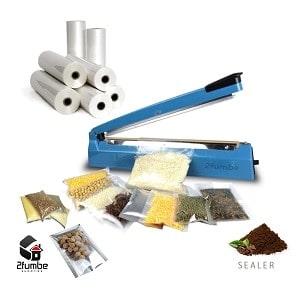

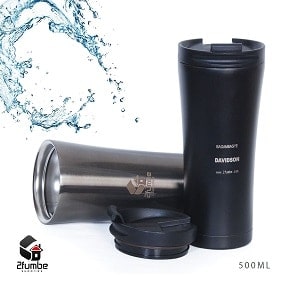
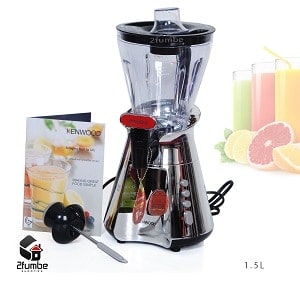
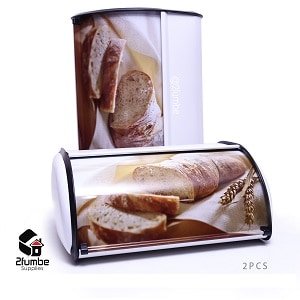
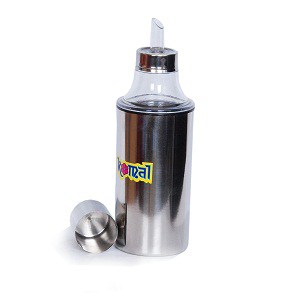
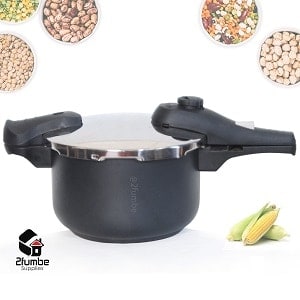
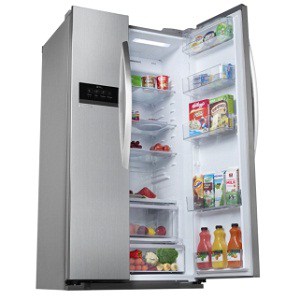
Reviews
There are no reviews yet.